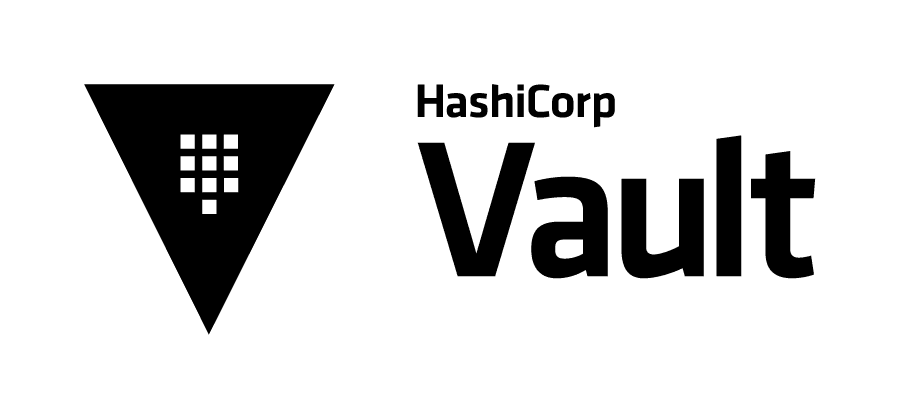
HashiCorp’s Vault, a popular tool for securely managing sensitive data, contains a vulnerability (CVE-2024-2048, CVSS 8.1) that could allow attackers to bypass authentication and gain unauthorized access to your organization’s most valuable secrets.

Understanding the Mechanics of the Exploit
At the heart of CVE-2024-2048 lies a fundamental flaw in Vault’s client certificate validation process during TLS authentication. Let’s unpack this a bit further:
- Trusted Certificates: Vault supports various authentication methods, including those using certificates signed by trusted certificate authorities (CAs) and those using non-CA-signed certificates. Think of CAs as entities that digitally vouch for the authenticity of certificates, much like a passport verifies someone’s identity.
- The root cause: The crux of CVE-2024-2048 lies in the validation—or lack thereof—of client certificates when configured with a non-CA (Certificate Authority) certificate as a trusted certificate. Attackers can exploit Vault’s incomplete certificate validation process to bypass authentication.
- The Forged Passport Analogy: A malicious actor, armed with some knowledge about your chosen trusted certificate, could meticulously craft a fake certificate that mimics the trusted one. Just like a well-crafted fake passport might slip past cursory inspection, Vault may mistake this forged certificate for a genuine one.
This critical issue was unearthed by the security researcher Nathanial “d0nut” Lattimer, who promptly alerted HashiCorp, the developer of Vault.
Real-World Impact: The Data Heist Threat
The consequences of exploiting CVE-2024-2048 could be devastating:
- Secret Exposure: The treasure trove of sensitive data protected by Vault, be it API keys, passwords, certificates, or other critical information, becomes vulnerable to theft and misuse by malicious actors.
- Cascade of Problems: Compromised credentials could lead to the disruption of vital business systems, impacting the availability of key services and operations.
- The Launchpad Effect: This initial breach could become a springboard for attackers to pivot within your network, escalating their attack by compromising other systems or deploying malicious payloads.
The Scope of Vulnerability and Mitigation
It’s crucial to recognize that this vulnerability is limited to a specific configuration:
- Affected Systems: Versions before Vault 1.15.5 and 1.14.10, AND if you explicitly employ the TLS authentication method using a non-CA-signed certificate, are at risk.
- Patch and Reassess: HashiCorp has swiftly released patches. Prioritize upgrading your Vault Enterprise to 1.15.5, 1.14.10, or newer immediately. Even after patching, it’s wise to investigate any historical evidence of unauthorized activity within your Vault, as patching cannot undo past compromises.